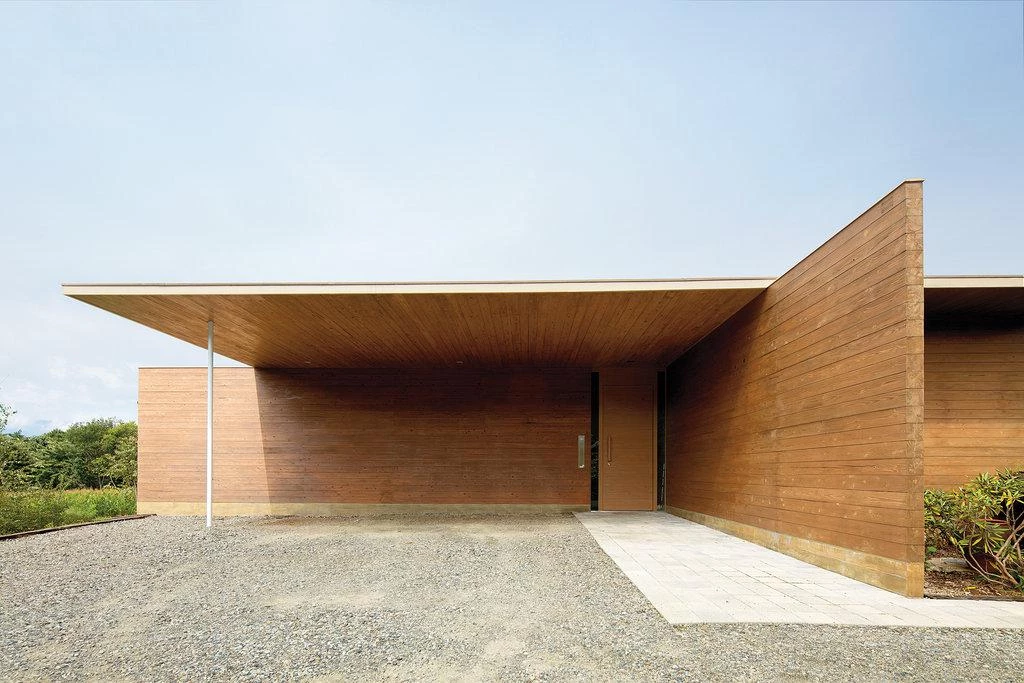
Writing about Shigeru Ban is unlike writing about nearly any other living architect, in the sense that most of his important work cannot be seen or experienced in person. This is not to say that it is hidden or out of the way. He has, like many architects, designed a panoply of private homes, many of them unusual and innovative. He’s built a prefab plywood hotel in the Japanese ski town of Karuizawa; a new Centre Pompidou in Metz, France, (created in partnership with Jean de Gastines and crowned by a roof intended to resemble a Chinese bamboo-woven hat); and a museum in Aspen, Colo., its curtain wall fronted by a resin-pressed cardboard lattice screen. His recent Mount Fuji World Heritage Center in Shizuoka is an inverted cone half-contained within a glass box capped by a flat roof: a building that is in some sense pure image, and a commanding presence in this sleepy town at the foot of Japan’s most recognizable symbol. But seen against the full spectrum of Ban’s projects, this “normal” architectural output is unusual, for his significant work is temporary — made to disappear when the clients for whom the work is created no longer need it. Those clients are victims of disaster... [+]


